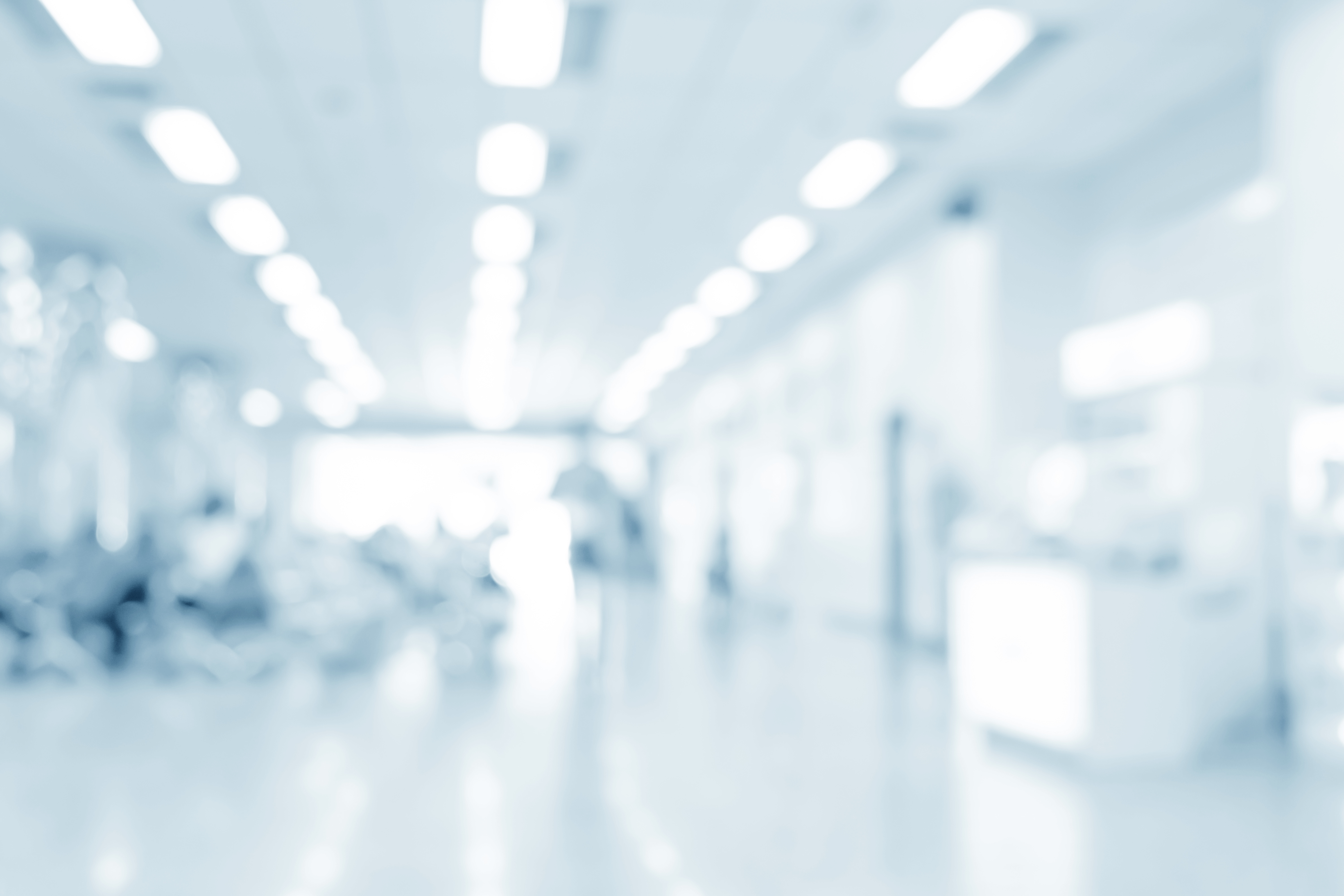Anatoscope makes digital duplicates of patients' anatomy
Date:
Changed on 21/07/2021

The story of Anatoscope began in 2013. François Faure, who was then a professor at Grenoble Alpes University (UGA) and a researcher in the Imagine project team (which has since become Anima and is now dedicated to research on designing and developing animated story boards), decided to focus his research on anatomy transfer. “I had recently returned from a sabbatical in Canada during which I had worked on anatomy, and I designed a piece of technology to allow the anatomy of any person to be recreated virtually using imaging data (Anatomy Transfer) working with other researchers”, says François Faure, now President of Anatoscope. “We were very pleased with the results and a colleague and surgeon told me that he would be willing to pay for the technology, which would help him in his communication with his patients”.
François Faure was very interested in industrial transfer and discussed the possibility of setting up a business with two fellow members of Imagine (Olivier Palombi, a neurosurgeon and professor of anatomy, and Matthieu Nesme, a research engineer). He applied for support from Inria and received guidance and financial support from the former seed fund IT-Translation (founded in part by Inria and later taken over by Elaia).
“After studying the market, we realised that there was not enough demand to set up a company based on our initial idea of proposing technology capable of creating digital counterparts,” explains François Faure. “We were still keen to launch a company though and we saw that there was potential in everything related to modelling bespoke prostheses”. The researchers were also able to use components from SOFA, an opensource platform developed and regularly added to by several Inria project teams, and a patent owned by François Faure and registered by Grenoble Alpes University. This patent described a “method of simulating contact between rigid or deformable objects” and has since been bought by Anatoscope.
Anatoscope was officially set up in 2015 by François Faure, Olivier Palombi, Matthieu Nesme and two other 3D modelling specialists: Benjamin Gilles, then a researcher at the CNRS, and Frederick Van Meer, a doctor in medical robotics. The company targeted manufacturers of devices coming into contact with the body that have to be personalised for each patient according to their morphology (prostheses, drop foot braces, etc.). It was an instant success. After working with orthopaedic medical equipment supplier Thuasne (on a personalised knee brace), Anatoscope, which now has 60 employees, is collaborating with the medical imaging specialist EOS Imaging “on technology for the virtual reconstruction of all soft tissues (muscles, organs in the abdominal cavity...).” The company also worked with Safran on a system for calculating the forces in interaction between a person and an exoskeleton and has approached Chabloz Orthopédie (Ottobock group), an Isère-based manufacturer specialised in prostheses, orthoses and large custom-made orthopaedic devices.
“We are aiming to digitise our production as much as possible, since it has traditionally been very manual such as making plaster models with which to design the device, or machining prostheses”, explains prosthesis and orthosis designer Marc Souply, a member of the Chabloz Orthopédie research team.
We worked together on designing new solutions to help us obtain a very precise copy of the patient (including their muscles and bone structure) and then use this to create the custom-made device.
The two companies are now jointly developing an online service for prosthetists for designing, simulating and manufacturing devices using 3D printing.
In the same vein, Anatoscope is currently in its first round of fundraising to develop its offer for dental technicians. It could be the end of moulds here, too. The newly developed digital services are based on Anatoscope technology and should help professionals use a 3D digital dental imprint and optimise the subsequent process of designing a removable denture, bridge, tooth, etc. Among others, Anatoscope has worked with French group Biotech Dental, a major manufacturer of dental implants and equipment, to develop a cloud service for modelling and designing prostheses.
For both orthopaedic prostheses and dental implants and appliances, the strength of Anatoscope’s system lies in the intuitive way in which users can reposition the digital avatars and 3D models. It is also possible to simulate the effect of the solutions considered (contact forces, deformations, etc.) “and therefore validate the proposed treatment before applying it”, says François Faure.
Another advantage is that Anatoscope’s systems do not require any software to be installed on the servers of the companies or medical institutions using them. They are hosted entirely on the cloud and can be accessed from a simple browser. “The user visualises and interacts with the 3D images through a video stream, which they can access via any computer or tablet”, explains the President of Anatoscope. “The computations, which take up a large amount of the server’s resources, are done in the cloud.” The rest is down to the practitioner, their expertise and the data used.
Nicolas Comte, a PhD student in the Morpheo project team (capture and analysis of shapes in motion), is carrying out research on modelling scoliosis in partnership with Anatoscope and Grenoble University Hospital. His PhD is part of the CIFRE (Industrial Agreement for Training through Research) scheme, which allows companies to entrust a project to a PhD student in the framework of a partnership with a research laboratory.